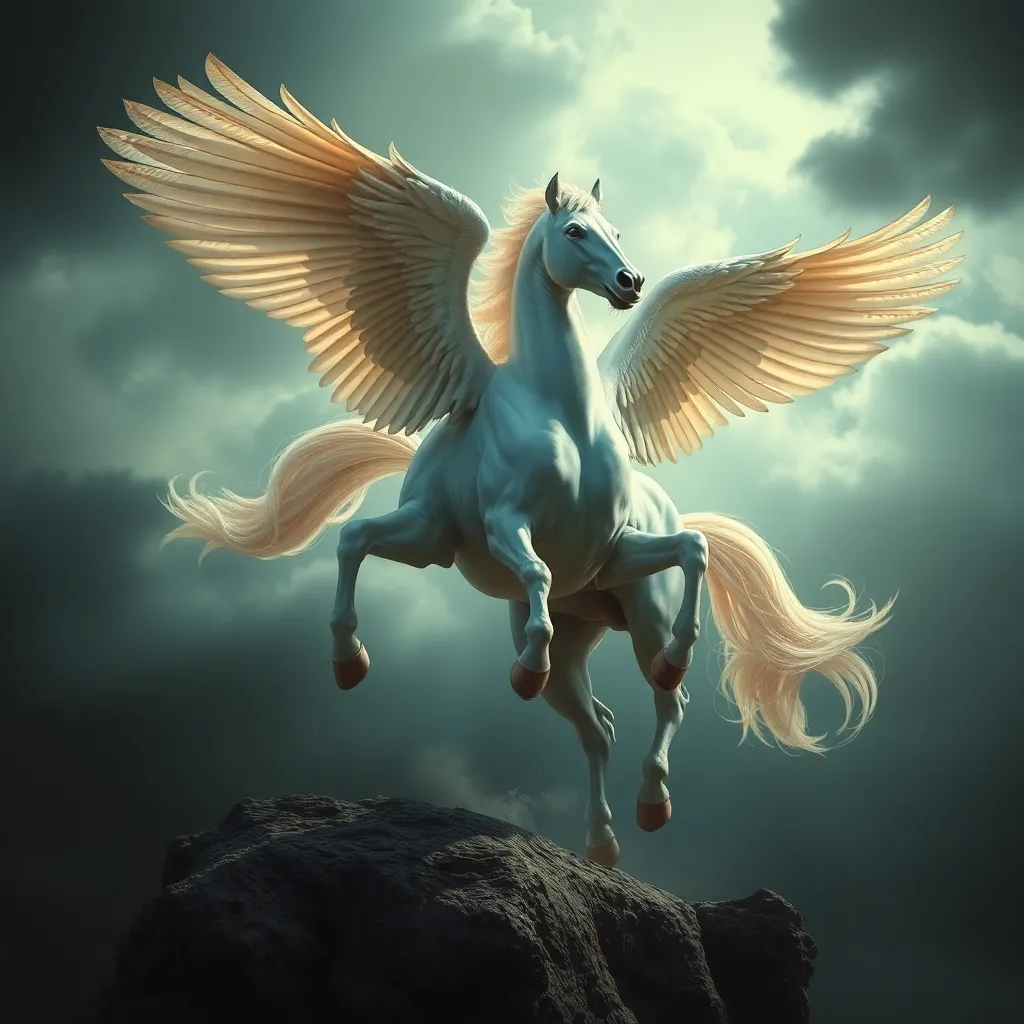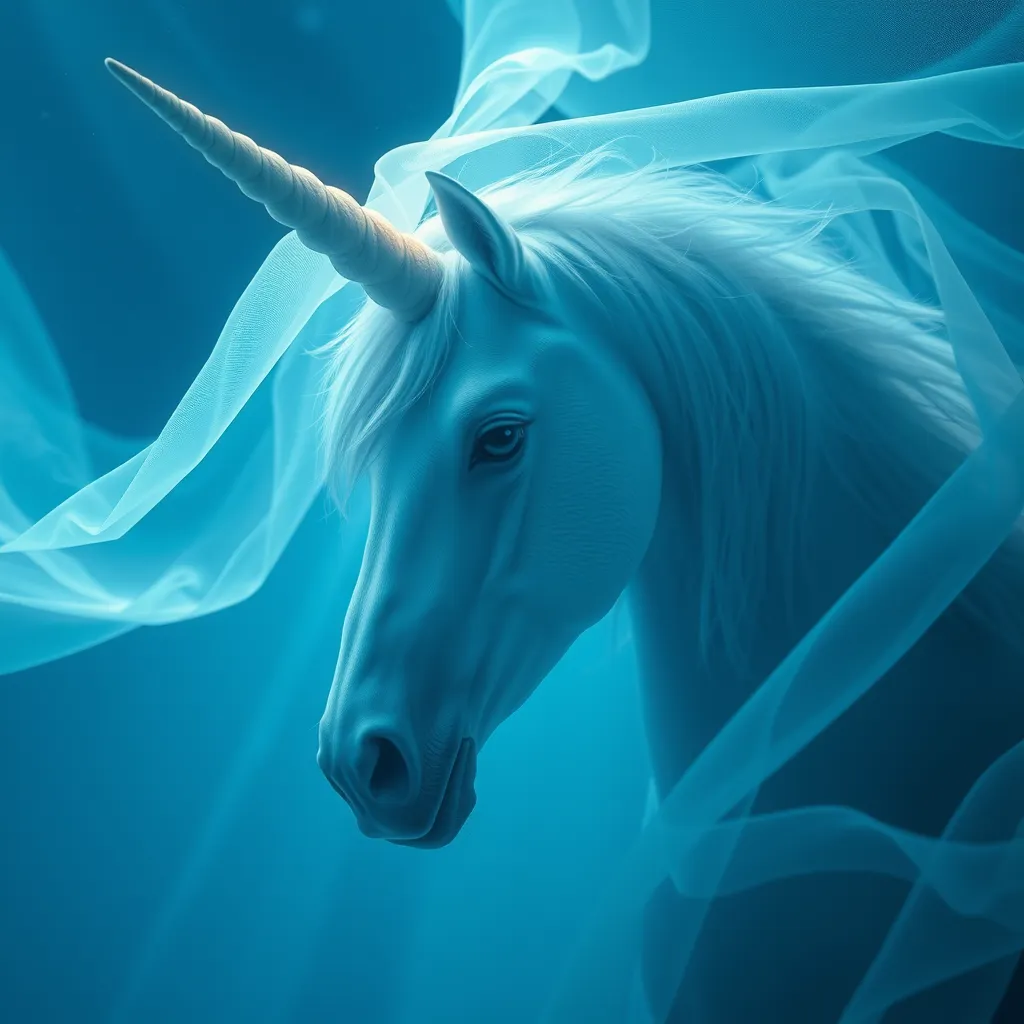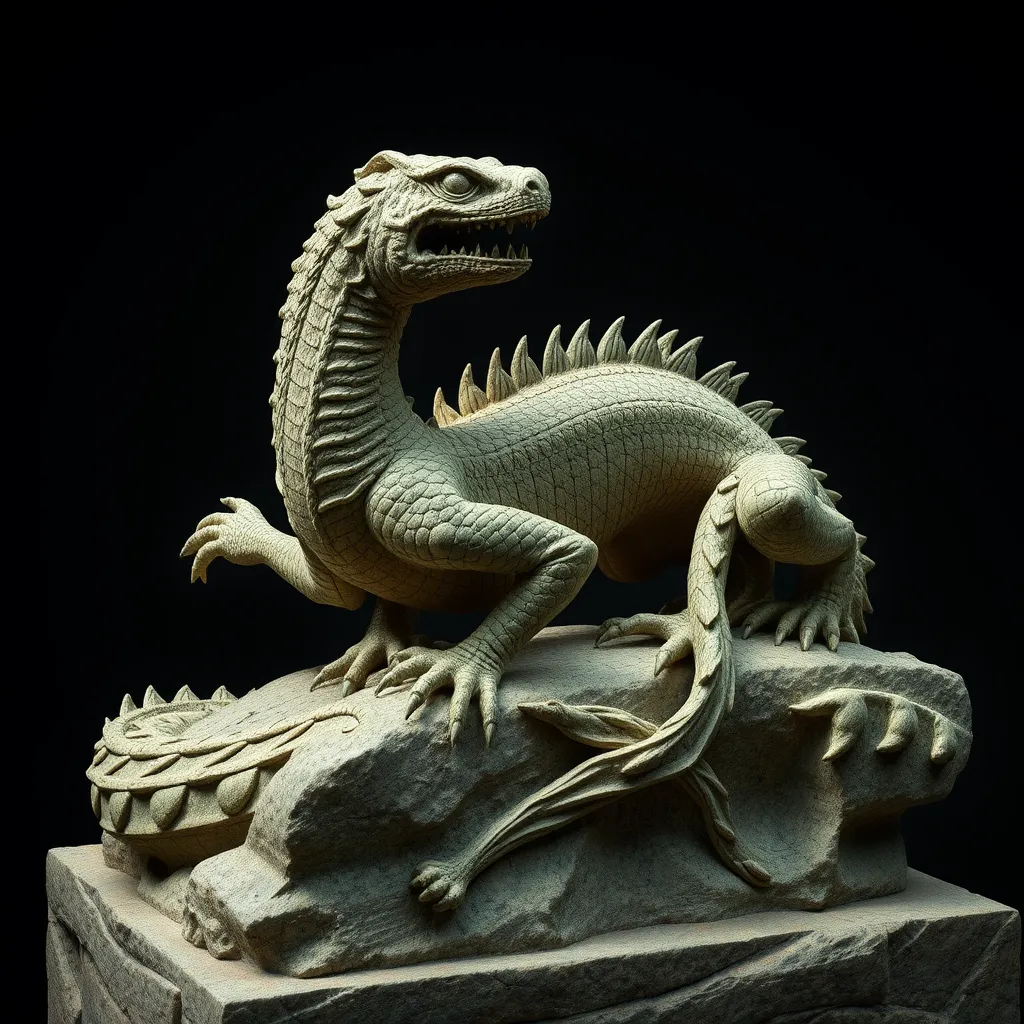The Mythological Source of Inspiration: Pegasus’ Impact on Modern Literature and Cinema
I. Introduction
Pegasus, the majestic winged horse of Greek mythology, has captivated the imagination of artists, writers, and filmmakers for centuries. As a symbol of both beauty and inspiration, Pegasus represents the creative spirit that drives human expression. Mythological creatures like Pegasus serve as cultural touchstones, embodying themes that resonate through time. This article aims to explore the profound influence of Pegasus on contemporary literature and cinema, illuminating its role as a source of inspiration and creativity.
II. The Origins of Pegasus in Mythology
Pegasus was born from the blood of the Gorgon Medusa when she was slain by the hero Perseus. His birth symbolizes the emergence of beauty and creativity from chaos and darkness. Pegasus is often depicted as a pure white horse with magnificent wings, representing the lofty ideals of aspiration and artistic inspiration.
Key myths associated with Pegasus include:
- Bellerophon and the Chimera: Bellerophon, a hero in Greek mythology, tamed Pegasus and rode him into battle against the monstrous Chimera, a creature that breathed fire. This myth illustrates the themes of bravery and the triumph of good over evil.
- Pegasus and the Muses: In later traditions, Pegasus is closely linked to the Muses, the goddesses of the arts, who inspire creativity and artistic endeavors.
Pegasus stands as a representation of inspiration and creativity, a figure that transcends mere myth to embody the human quest for artistic expression.
III. Pegasus in Literature: Symbol of Aspiration
The figure of Pegasus has made significant appearances in classical literature, where it often symbolizes the heights of poetic inspiration. Poets such as Homer and Hesiod referenced Pegasus in their works, using him to convey the idea of divine inspiration that propels artists to create.
In modern literature, Pegasus continues to be a powerful symbol. Notable references include:
- The Last Unicorn by Peter S. Beagle: Pegasus is echoingly represented as a creature of ethereal beauty, symbolizing lost innocence and the yearning for freedom.
- Pegasus by Julianne Donaldson: This novel reimagines the myth of Pegasus, exploring themes of adventure, self-discovery, and the bond between humans and mythical creatures.
The thematic significance of Pegasus in contemporary storytelling often revolves around aspiration, creativity, and the journey toward achieving one’s dreams. Writers use Pegasus as a metaphor for the struggle to rise above challenges and reach new heights in personal and artistic endeavors.
IV. The Visual Representation of Pegasus in Cinema
Pegasus has appeared in numerous films, becoming a visual symbol of fantasy and wonder. Notable films featuring Pegasus include:
- Clash of the Titans (1981 and 2010): Pegasus plays a crucial role as the noble steed of Perseus, aiding him in his quest against mythological foes.
- Hercules (1997): In Disney’s animated adaptation, Pegasus is portrayed as a loyal companion to Hercules, embodying friendship and courage.
Artistic interpretations and special effects in these films have breathed new life into the image of Pegasus, showcasing stunning visuals that captivate audiences. The role of Pegasus in shaping cinematic narratives often revolves around themes of heroism, adventure, and the eternal struggle between good and evil.
V. Pegasus as a Metaphor in Modern Media
Pegasus serves as a potent symbol of freedom and transcendence in modern media. The imagery of a winged horse soaring through the skies evokes a sense of liberation and possibility, inspiring individuals to break free from limitations.
In various genres, such as:
- Fantasy: Pegasus often appears as a majestic creature, guiding heroes on their journeys.
- Romance: The image of Pegasus can symbolize the soaring heights of love and the emotional freedom it brings.
Case studies reveal how Pegasus is utilized to engage audiences, prompting them to reflect on their aspirations and the pursuit of dreams. This connection fosters a deeper appreciation for the narratives being told, enhancing the overall experience of the viewer or reader.
VI. Comparative Analysis: Pegasus vs. Other Mythological Creatures
When comparing Pegasus to other mythological creatures like dragons and griffins, several similarities and differences emerge. While dragons often symbolize power and chaos, and griffins represent guardianship and strength, Pegasus stands out as a creature of beauty and inspiration.
The cultural significance of various mythological figures varies greatly:
- Dragons: Often associated with destruction and greed, dragons are frequently depicted as antagonists.
- Griffins: These creatures embody the duality of strength and wisdom, often serving protective roles.
Pegasus, with his unique combination of grace and creativity, continues to be a source of inspiration, elevating him above many other mythological figures in the realm of artistic expression.
VII. The Evolution of Pegasus in Pop Culture
The portrayal of Pegasus has evolved significantly from ancient times to the present. Initially depicted in ancient art and literature, Pegasus has transitioned into modern media, where technology and artistic innovation have transformed his representation.
Trends in the portrayal of Pegasus include:
- Increased emphasis on CGI and animation, allowing for more dynamic and visually stunning representations.
- A broader range of narratives that explore deeper emotional connections between humans and Pegasus.
The influence of technology and art has opened new avenues for storytelling, ensuring that Pegasus remains a relevant and cherished figure in literature and cinema. The future of Pegasus in literature and cinema looks promising, as creators continue to draw upon his enduring legacy to inspire new tales of adventure and creativity.
VIII. Conclusion
In conclusion, Pegasus has had a lasting influence on modern narratives, serving as a powerful symbol of inspiration and aspiration. His representation in literature and cinema highlights the enduring legacy of mythological inspiration that resonates with audiences across generations. The role of Pegasus in shaping creativity and storytelling is profound, reminding us of the possibilities that lie beyond our reach and the dreams we can achieve. As long as the human spirit seeks inspiration, the myth of Pegasus will continue to soar, guiding us toward new heights of creativity and expression.



